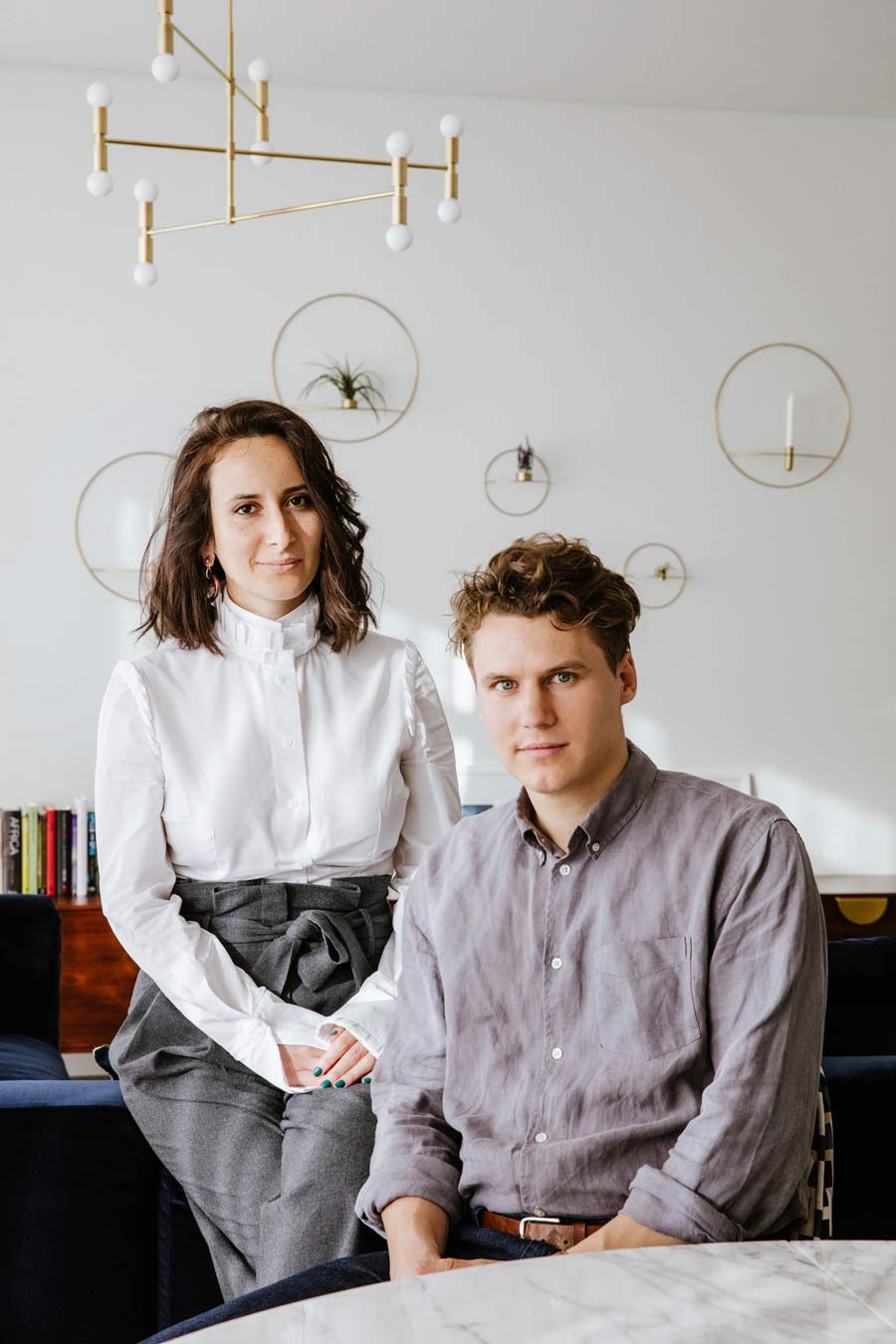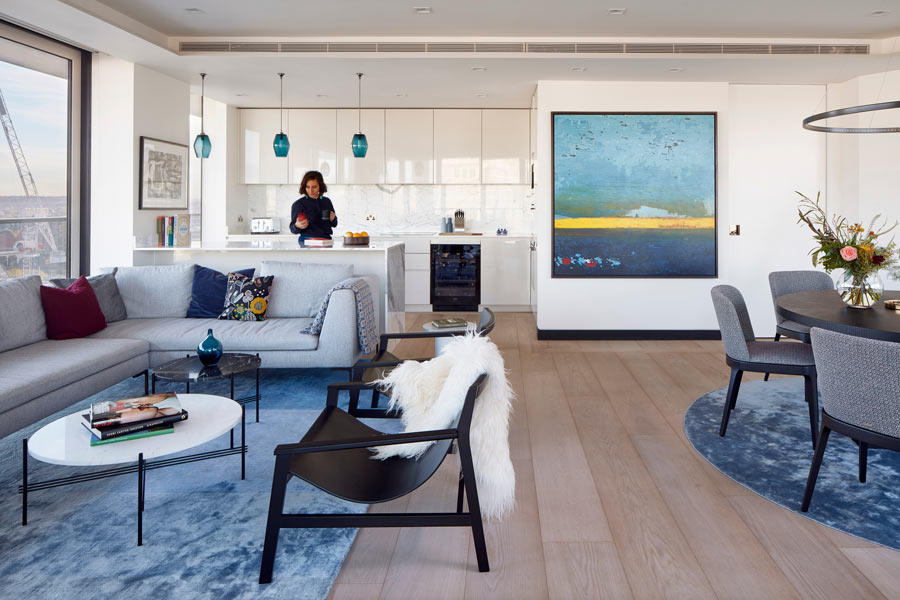The views expressed in our content reflect individual perspectives and do not represent the authoritative views of the Baha'i Faith.
Ever wonder what kind of work goes into the design and layout of your favorite spaces? And why they make you feel or act a certain way?
Bahaiteachings.org Arts Editor Shadi Toloui-Wallace sets out to learn more about the world of interiors and what the Baha’i Faith has to say about the impact of those spaces on our minds, bodies and souls, in this interview with Interior Architect Nasim Koerting.
Nasim is the Co-Founder and Creative Lead of London-based interior architecture firm Studio Koerting. Founded just over a year ago, Studio Koerting is a multi-disciplinary design studio that Nasim founded with her husband, Jan. Studio Koerting focuses on the aesthetic aspects of a space, whilst empowering people to explore and embrace the Studio’s unique approach to design.
In the first part of this interview, Nasim reflects on how she discovered her passion for interiors, the inspiration behind her work and that of Studio Koerting, and aspects of the Baha’i faith that influence her creative process when designing multi-functional spaces in collaboration with her clients.
Q: How long have you been working as an interior architect, and why did you decide to start your own studio?
A: I’ve been working as an interior architect for about nine years. It has always been my dream to design under my own name and have creative freedom over my work. Having your own studio allows you to express and carry out your own design ideas. My husband and I both love architecture and interior design. Combining my skills in design and Jan’s in management and strategy, we felt created the perfect opportunity to start independently.
Q: When did you realize you had a talent for architecture? Why did you decide to focus on interior spaces?
A: As a child I was very much drawn to expressing myself through art and always imagined I would be a fine artist. Design is a very practical expression of art, almost like 3D art, and I love how humans can interact with it in a practical way. I realized I had a passion for interior architecture when I started working in the field. There was a huge difference between studying architecture and design and practically carrying it out.
Recently I’ve been reflecting on this passage from Baha’u’llah’s Hidden Words and feeling very blessed to have found a profession that I love:
O My Servant! The best of men are they that earn a livelihood by their calling and spend upon themselves and upon their kindred for the love of God, the Lord of all worlds. – Baha’u’llah, The Hidden Words, p. 51.
How powerful is that! It makes you realize how important it is to find your calling. Often I can’t believe this is my actual job; feels too fun to be a job.
Q: What styles, artists, and designers are you inspired by—and why?
A: My list of artists, architects and design inspirations are endless! But my interior design heroes are all female! I really love the work of Ilse Crawford, India Mahdavi, Faye Toogood and Claire Cousins. These women are all really different aesthetically, but create rich and interesting journeys through spaces. They create ‘human-centric’ design that is all about the user’s experience: design that focuses on the comfort and aesthetic pleasure of those experiencing the space.
Also, I very much admire the interior design choices of the Guardian of the Baha’i Faith, Shoghi Effendi, and his wife Ruhiyyih Khanum in relation to the Baha’i Holy Places in Israel. From what I remember whilst serving in Haifa, they were both in charge of the interior furnishings and furniture of the Holy Places. I’m just in awe of the simplicity; humility yet refined elegance in which they approached the Holy Places. I think we can learn a lot from their approach.
Q: What are some Baha’i principles that guide you and your teams design process?
A: We are really fascinated and inspired by how the faith demands excellence and refinement in the arts. We are literally held accountable for it. That scares and excites me all at once! This quotation, which is a provisional translation from The Bab, really illustrates this concept for me:
… in this religion no other command is as rigorously enjoined as the duty of refinement, and it is forbidden that one bring any object into being in a state of imperfection when one hath the power to manifest it in full perfection. For example, should one build an edifice and fail to elevate it to the utmost state of perfection possible for it, there would be no moment in the life of that edifice when angels would not beseech God to torment him; nay rather, all the atoms of that edifice would do the same. For each thing, within its own station, yearneth to attain unto the utmost height of excellence in its own level. Thus, should a man who is capable not realize and respond to the yearning of his capability, he will be held accountable therefore … – The Bab, from the Persian Bayan, provisionally translated by Nader Saiedi in The Gate of the Heart, p. 317.
In the second part of this interview, Nasim delves deeper into the principles of design she embraces in her creative process, explains how she adapts to an ever-evolving and progressive industry, and details the ways she envisions the Baha’i teachings will impact the world of design in the future.



















Comments
Sign in or create an account
Continue with Googleor